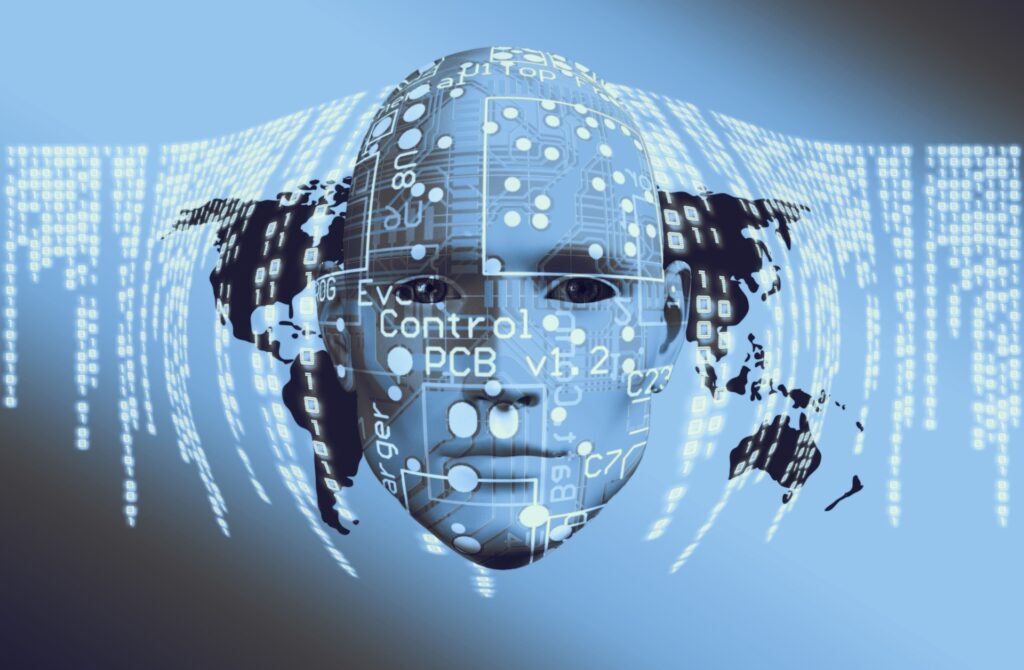Josh Butler, CEO CompScience, examines the potential of AI to create a safer workplace and prevent environmental risk factors from impacting employee health
Global workplace safety has long been a critical concern for organisations worldwide, costing society over US$4 trillion annually. In recent years, advancements in technology, specifically in the fields of computer vision and data science, have provided leaders with unprecedented opportunities to achieve tangible environmental, social, and governance (ESG) goals in the realm of workplace safety.
This convergence of technological capabilities like computer vision and social trends like safety culture has set the stage for a groundbreaking transformation in occupational safety. And now, new AI-powered MGA players in the $715 billion commercial property/casualty market can provide the financial incentives that drive necessary change, all while improving customer experiences and loss ratios.
Computer vision, a field that combines artificial intelligence and image processing techniques, has made significant strides in enhancing workplace safety. At the company where I work, we have demonstrably lowered the risk of injuries. By leveraging cameras and sensors, computer vision systems can detect potential hazards and unsafe practices. For instance, they can identify workers not wearing appropriate personal protective equipment (PPE), detect near misses by forklifts, and monitor ergonomics. This technology acts as a vigilant, non-intrusive observer, analysing and alerting workers and management to potential risks, thereby preventing accidents before they occur.
The role of data science
Additionally, data science plays a crucial role in harnessing the power of workplace safety. By analysing vast amounts of data collected from on-site video sources, data science can identify patterns and trends that lead to injuries. Time-based heat maps for example provide insights that enable organisations to proactively address high-risk areas. Safety professionals are empowered by these reports to implement targeted interventions, effectively mitigating potential hazards. Moreover, predictive analytics can be employed to forecast potential safety incidents, allowing organisations to allocate resources strategically and implement preventive measures.
This data can now also be used to reduce rates for workers’ compensation insurance by measurably lowering risk. This can essentially zero-out the cost of the technology. This means that there is only upside to this transformation of safety. The convergence of financial incentives, technology, and social trends further strengthens the drive for global workplace safety. AI-powered workers’ compensation insurance
Organizations have recognized the substantial financial benefits associated with maintaining safe workplaces. The costs of workplace injuries, including medical expenses, workers’ compensation claims, and lost productivity, can be astronomical. In the United States, the National Safety Council has calculated that in 2021 the cost of injuries was $167 Billion.
By reducing these incidents, organisations can significantly lower expenses, enhance operational efficiency, and improve their bottom line. Additionally, investors and stakeholders increasingly prioritise ESG factors, including workplace safety, when evaluating a company’s performance and sustainability. By embracing comprehensive safety initiatives, organisations can attract investment, enhance their reputation, and foster a culture of responsibility.
Furthermore, societal expectations and awareness regarding workplace safety have grown significantly in recent years. Employees and consumers alike demand safer working conditions, and organizations are expected to align with these expectations. By prioritizing workplace safety, companies demonstrate their commitment to the well-being of their workforce, which in turn improves employee satisfaction and engagement. Workers vote with their feet, and in today’s highly competitive labor market, decreases turnover by creating a safety culture
Workplace accidents can have a damaging effect on brands. Consumers are becoming more conscious of the ethical practices of the organisations they support, favouring those that prioritise safety and sustainability. As a result, organisations that excel in workplace safety gain a competitive advantage and establish themselves as leaders in their industries.
Seizing this opportune moment to address preventable workplace injuries promises to benefit all stakeholders involved. By embracing computer vision and data science technologies, organizations can not only fulfill their ESG goals but also create safer and more productive work environments. Employees will experience reduced risks to their health and well-being, fostering a positive work culture. Moreover, organizations will witness enhanced operational efficiency, reduced costs, improved reputations, and increased stakeholder trust.
Essentially, the convergence of computer vision, data science, financial incentives, technology, and societal trends has created a unique opportunity to achieve global workplace safety. Through the adoption of advanced technologies and data-driven approaches, organisations can prevent accidents, reduce costs, attract investment, and meet the growing expectations of their employees and consumers.
By prioritising workplace safety, we can pave the way for a future where preventable workplace injuries are minimised, benefiting all stakeholders in organisations worldwide.
About the author
Josh Butler, CEO/Founder of CompScience, is dedicated to transforming workplace safety with the latest advancements in computer vision and data science. Prior to founding CompScience, Josh led the L4 self-driving car platform team for the Nio’s Advanced Development Center, a $1B+ R&D investment in a vision-based safety system. Prior to this, he led analytics, partnerships, product, and development teams at Meta, growing a real-time API for AI-powered startups from $0 to $250M in revenue in 18 months. Josh has a Sc.B. in Computer Science, AI Systems from Brown University.








